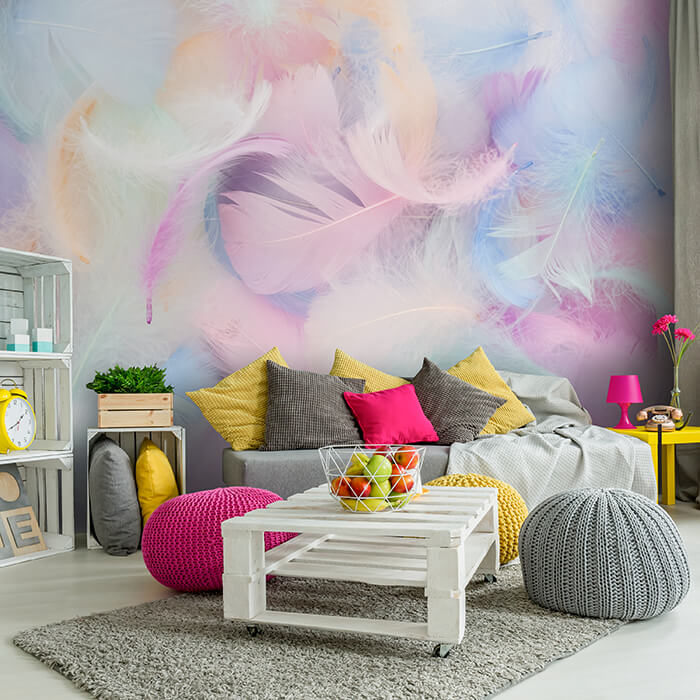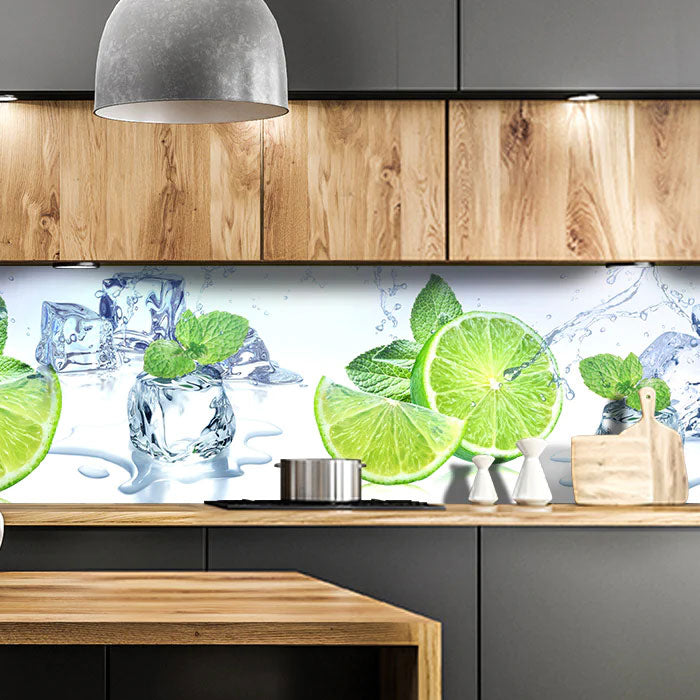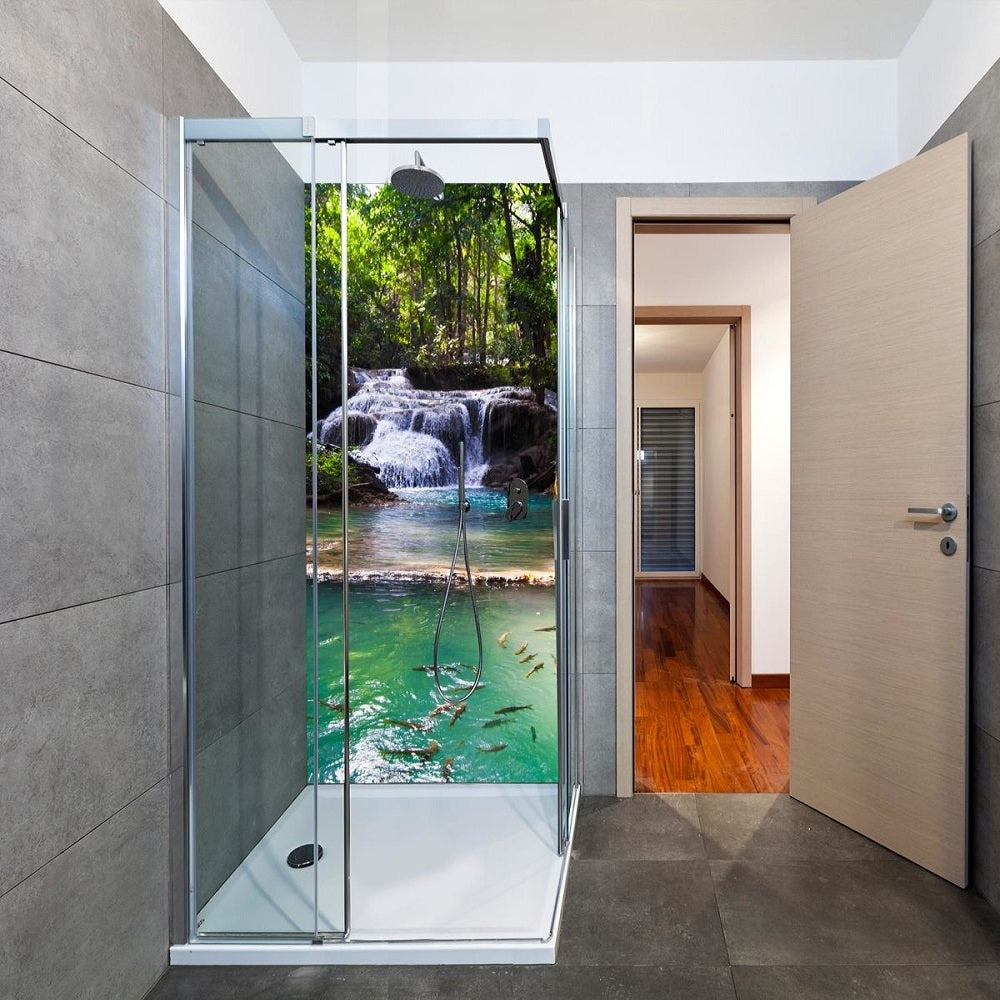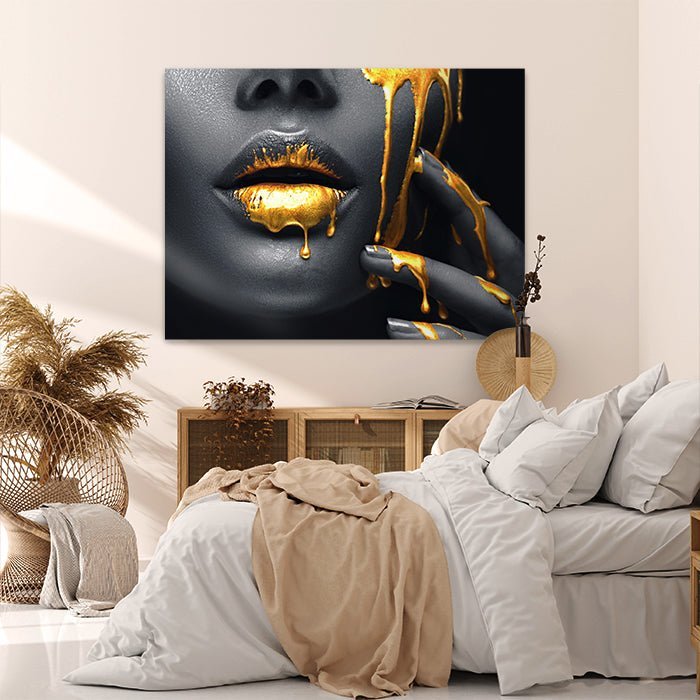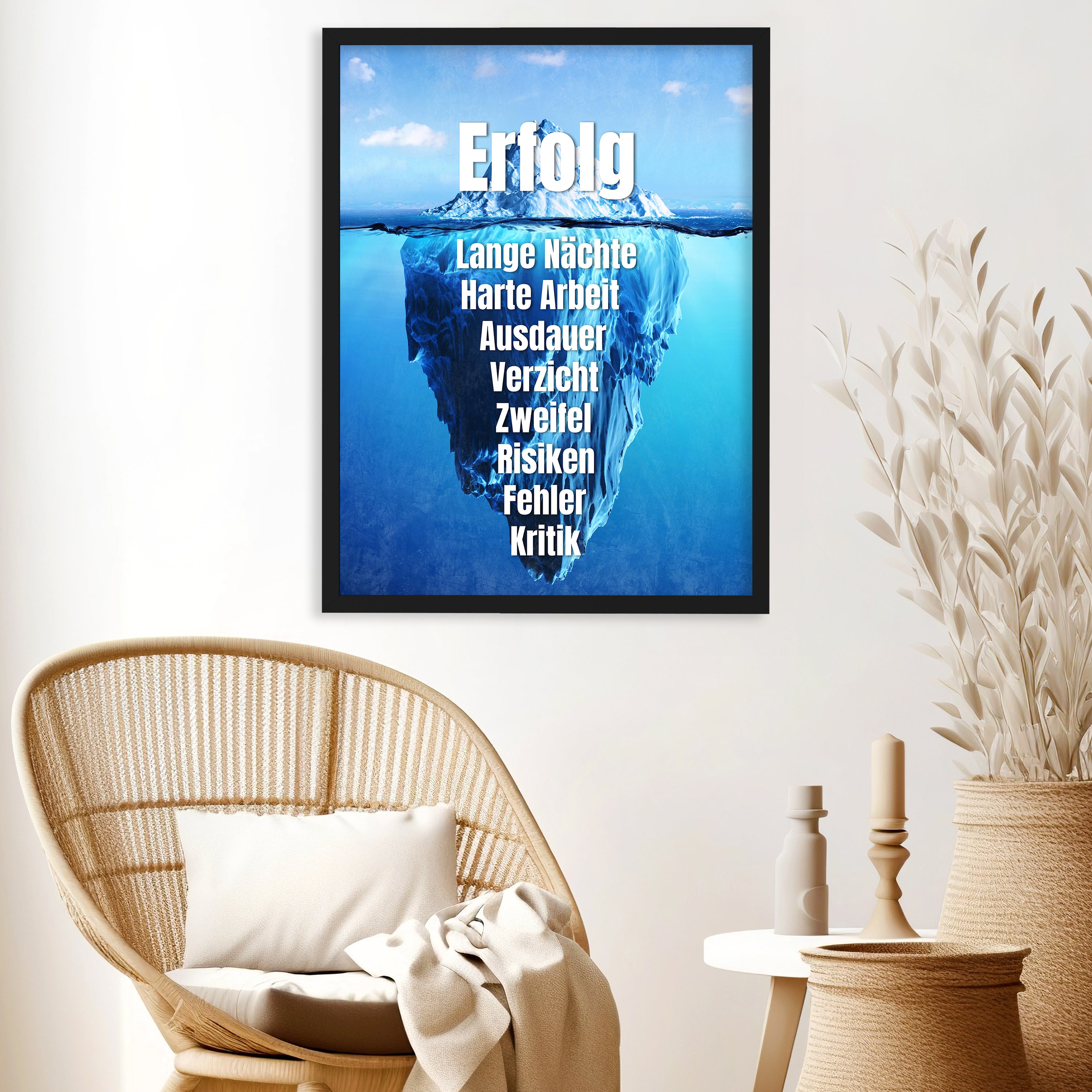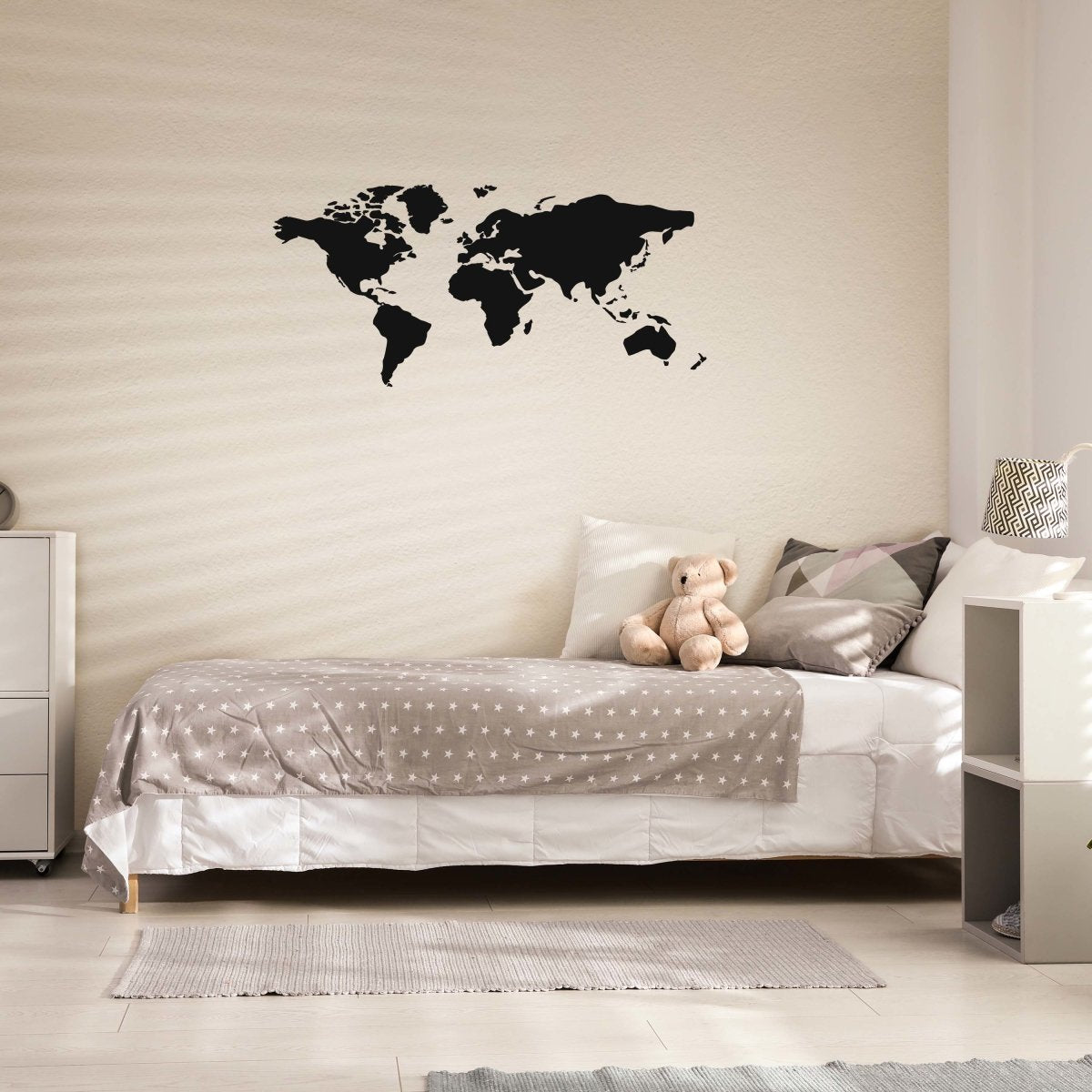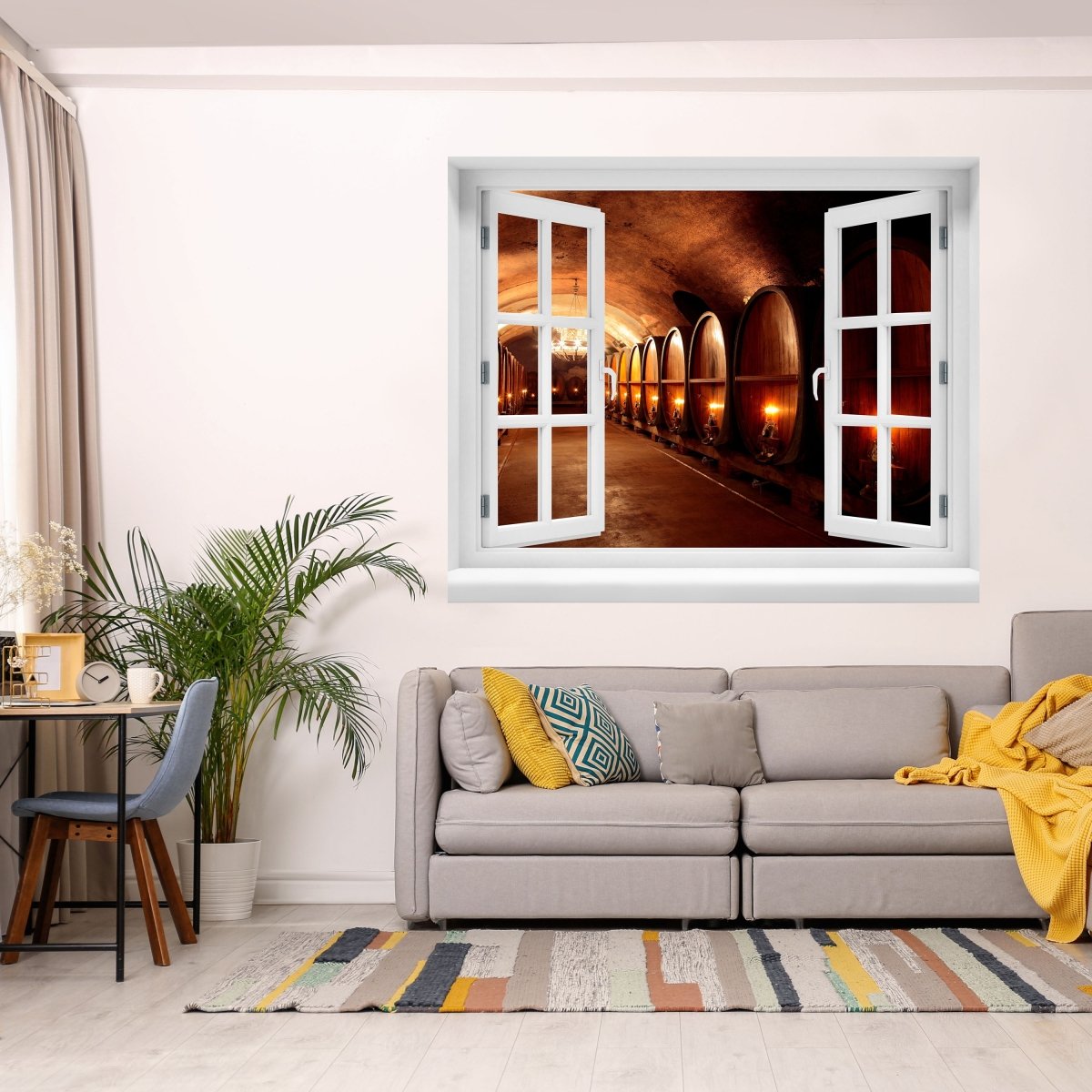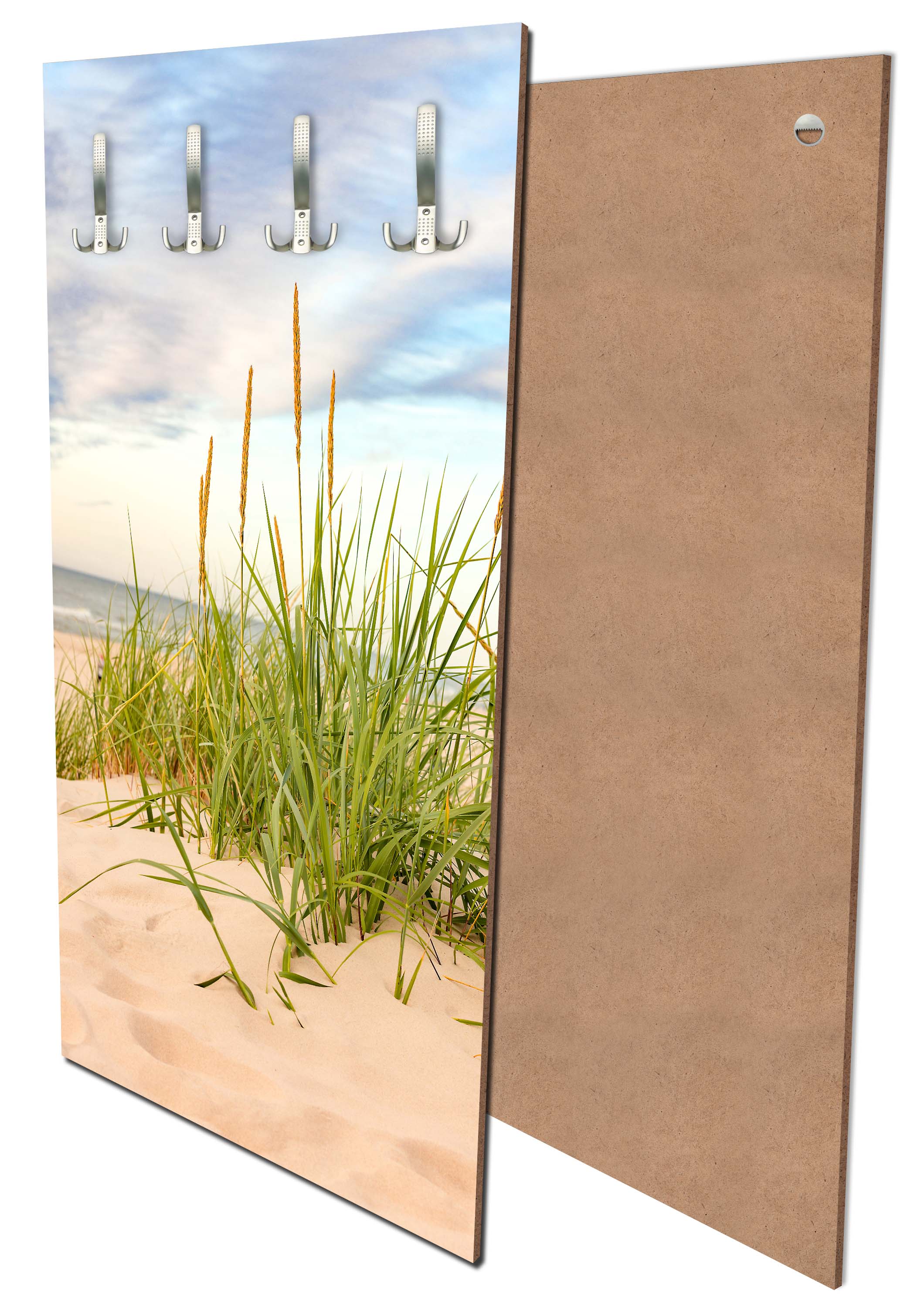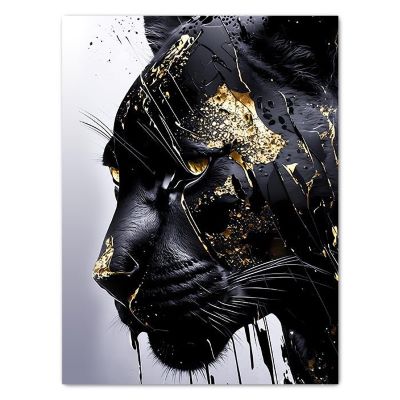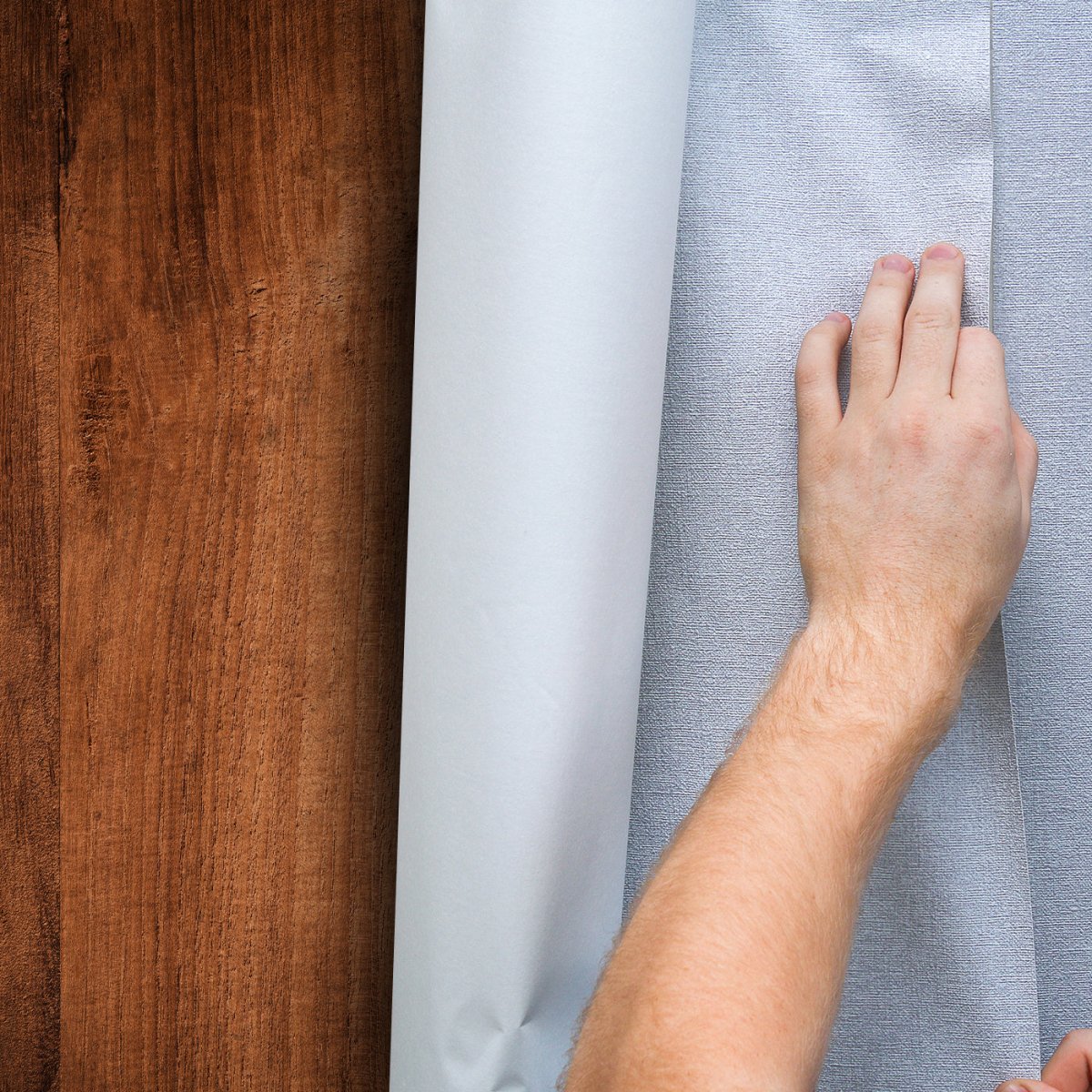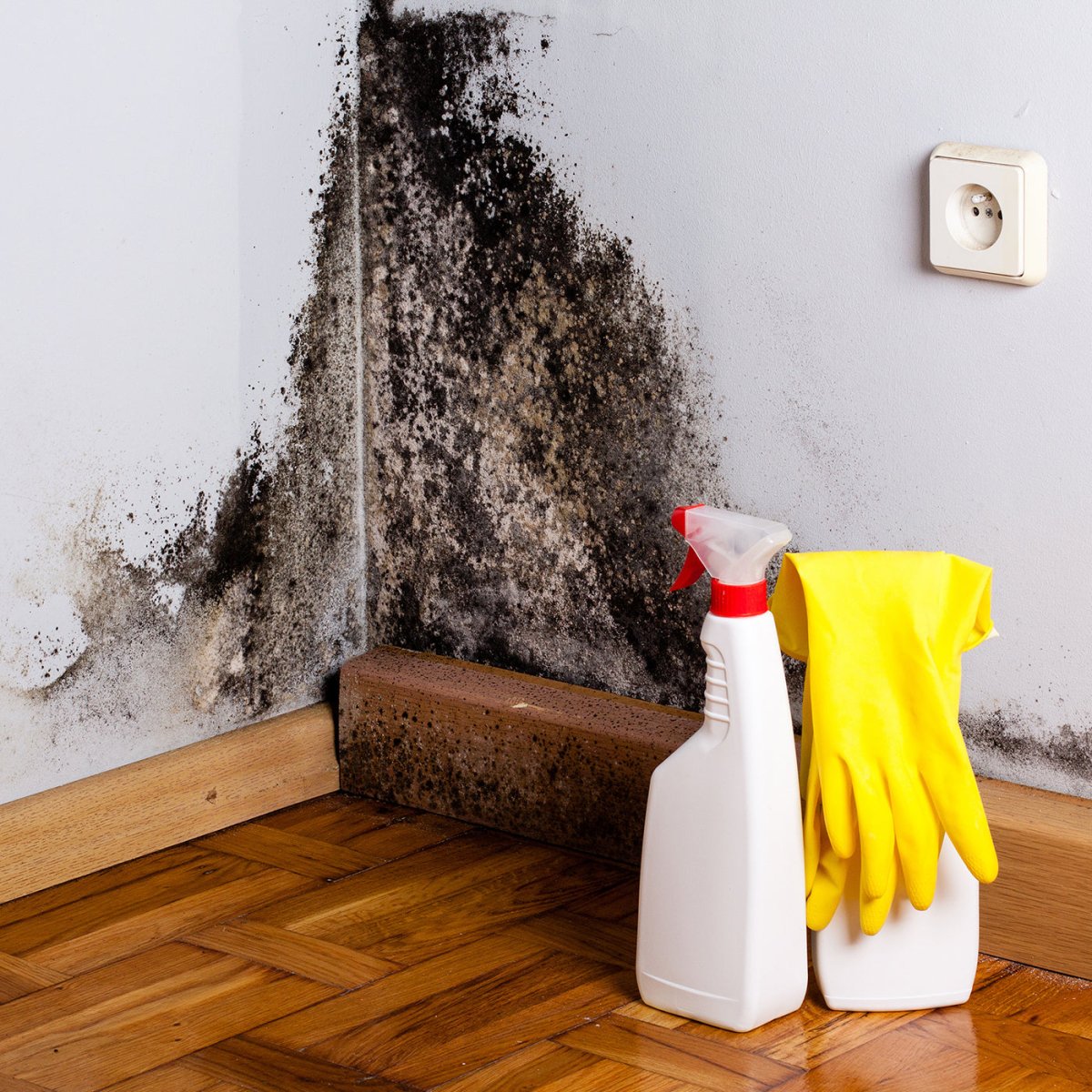Wallpaper can be applied to different surfaces. The only important thing is that you prepare the walls correctly. We'll tell you how to do this in this article. Here you will also find out which surfaces are particularly easy to wallpaper on and why a primer is usually necessary beforehand.
We are primarily concerned with wallpapering wood.
What surface can you wallpaper on?
In order for wallpapering to be successful, attention must be paid to the conditions given by the substrate. So don't just start wallpapering on the bare wall, check it thoroughly beforehand.
Ceilings or walls are referred to as underground. These should have the following properties:
-
Evenness: The wall must not be too uneven. Thin and smooth wallpaper in particular allows unsightly areas of the wall to be permanently visible. The situation is different in the case of woodchip wallpaper, because it also conceals small imperfections.
-
Cleanliness: Clean the wall before wallpapering. Otherwise, dirt, dust and cobwebs could bond with the paste and then shine through the wallpaper. Also remember to completely remove any markings with a ballpoint pen or pencil.
-
Moisture: If the wall is not completely dry, you must first look for the cause. There may be a serious problem, for example with the window insulation. The wall must be completely dry before wallpapering.
-
Suction behavior: It is important that the walls do not absorb the paste immediately. This means that too much paste is used and the wallpaper strips cannot be applied seamlessly. To fix this problem, you should prime the wall before wallpapering.
Why do you prime before wallpapering?
When wallpapering, the same applies as when painting and plastering: the walls in question should be primed beforehand. But why is this so important? Proper priming roughens the surface and makes it more grippy . Additional layers therefore adhere better to it.
In the case of wallpaper, this ensures that it doesn't peel off later. Other benefits of primed walls include:
-
Reduction of the absorbency of the substrate
-
Solidification of the subsoil
-
Binding dust
-
Improving the adhesion that exists between the surface and the subsurface
-
as a barrier against dyes and yellow substances as well as moisture.
Did you know that you can also paint wallpaper ? You can find out more about this in the linked article.
Can you wallpaper without a primer?
In principle, you can also wallpaper without prior priming. However, a wall should always be primed if it is sandy, porous or highly absorbent . Even if the wall feels damp , a primer is advisable. Without this, there is a risk that the wallpaper will not adhere properly.
If you discover rust or water stains on your wall, you should apply a special insulating primer . This prevents the stains from bleeding through the wallpaper after it has been installed.
Wallpapers on wood
Wallpaper is usually applied to plastered stone walls , but in some cases also to wooden walls . This isn't science either. However, you should keep a few things in mind. Be aware that wood is more demanding than stone and plaster because it cannot tolerate moisture . This means it is not possible to coat the wallpaper with paste and simply attach it to untreated wood.
As a result, the wood would warp and swell , which would ultimately result in unsightly gaps and cracks. This would only be less risky if the wood was very strong.
Can you even wallpaper on wood?
In principle, it is no problem to wallpaper on wood. Please note the following points in our instructions:
-
Thoroughly clean the wood: Before you can start wallpapering, you have to clean the wood well and remove grease. If there are cracks or holes in the substrate, these must first be filled.
-
Apply primer: This definitely has to be done if the wood is thin. But we also recommend this with any other wood.
-
Cutting wallpaper: Leave some excess so that you don't run out of material later. At the end, the excess can easily be cut off with a knife.
-
Mix wallpaper paste: Make sure it is not too viscous. Thin paste dries faster. This means that the wooden surface has to absorb less liquid.
-
Apply paste to the wallpaper and apply it to the wooden wall: Repeat this step for each strip.
-
Work out wrinkles and air bubbles: work from the inside out. A rubber roller is best because it cannot damage the material.
-
Use a seam roller: This also makes the seams between the panels look nice.
Can you wallpaper on painted wood?
You can also wallpaper on varnished wood. A classic example of this is furniture . You can apply wallpaper to any furniture that has a smooth surface , including:
-
Cabinet doors and interior walls
-
Fronts of drawers or chests of drawers
-
Table tops
-
Chair backs
-
Shelf interior surfaces
-
Screens
Can you wallpaper chipboard?
In order to wallpaper chipboard, extensive preparatory work is necessary. This is the only way to avoid waves or spots on the wallpaper. In addition to filling the surface, painting , for example, plays an important role.
It is important that you not only fill the surface of the chipboard to create a level surface, but also paint it. If you don't do this, the coarser chips and the glue in the chipboard can break through the wallpaper . This risk exists especially if you want to attach very light wallpaper to the chipboard.
What type of wallpaper can you stick on wood?
Paper wallpapers can be attached to wood just as well as higher-quality non-woven wallpapers . To beautify your old furniture, primarily use leftover wallpaper . Not only do you get stylish furniture, but you also have to spend far less on wallpaper.
Always make sure that the colors, motifs and patterns of the wallpaper you choose harmonize well with the rest of your furnishings in order to create a harmonious overall picture in the room. In addition, consciously placed contrasts can be stylish.
When shouldn't you wallpaper?
Wallpaper not only looks chic, but is also easy to attach to the wall. However, it is not always advisable to wallpaper walls and ceilings. This can apply both in the case of new walls and after renovation. The following disadvantages should be taken into account:
-
Substrates must be smooth and even : otherwise sanding or filling is necessary.
-
Wallpapers often cannot be wiped clean: stains or dirt are difficult to remove. Pay attention to the symbol “wash/shear resistant”.
-
Unintentional detachment possible: Especially if the wallpaper strips were not glued correctly, there is a risk that they will detach again. Therefore, always use a wallpaper paste that is precisely tailored to the wallpaper.
Conclusion:
Before wallpapering walls, ceilings or furniture, you should always ensure that the surface is well prepared. This should neither be uneven nor have unsightly water or rust stains. To ensure that the wallpaper lasts as well as possible, we recommend priming the surface.
High-quality wallpapers can be easily applied to various surfaces, including wooden surfaces. Wooden panels, wooden beams and walls require particularly thorough preparation. One of the reasons for this is that wood does not tolerate moisture. If it is untreated, the paste will soak in, causing it to swell or crack.
If you want to preserve the natural appearance of your walls, you can also choose wood-look wallpaper. You can find these in different versions in our online shop. This is an easy way to give your rooms a look that is currently on trend.

